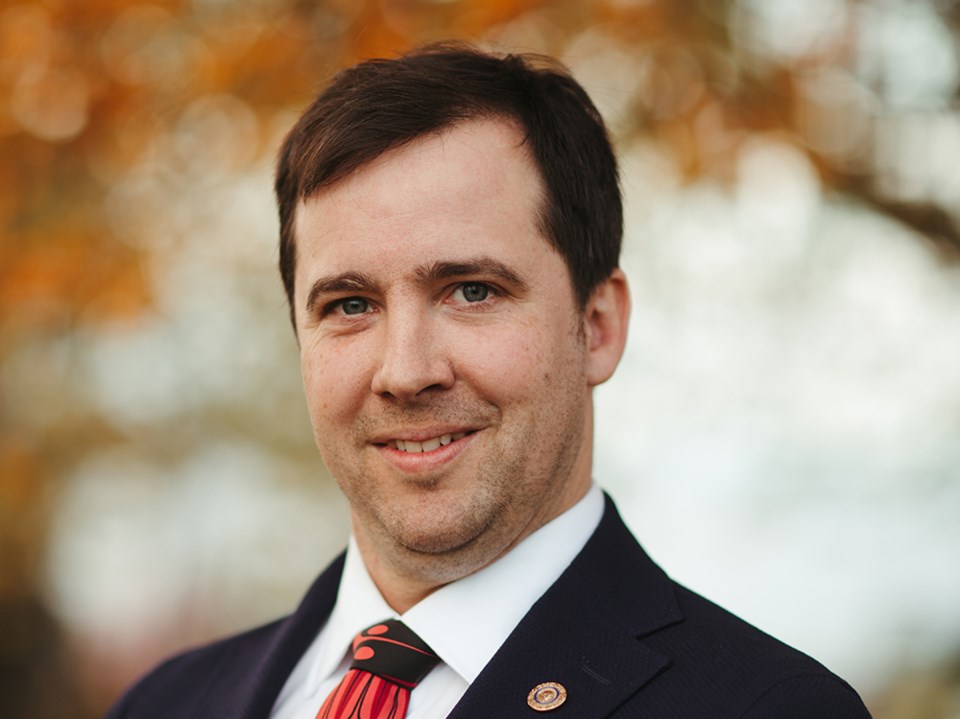qathet Regional District’s (qRD) planning committee turned down a motion asking for a staff report on official community plan amendments regarding residential flexibility.
At the February 9 planning committee meeting, Electoral Area B director Mark Gisborne said at the January planning meeting, he had suggested a motion with two parts.
The first was that the planning committee recommended that the board direct staff to report back on possible official community plan (OCP) amendments to increase and improve residential flexibility options. He had also proposed a second part, that the restriction on dwelling units be redefined to be up to 5,000 square feet of residential space. He said the recommendation, with the first part of his suggestion, was broader, asking staff for a report on residential flexibility.
“I still very much believe we should be taking into consideration all aspects of residential flexibility,” said Gisborne. “I am aware we are having at least one report coming back from staff on secondary suites and different housing options.”
Gisborne said one of qRD’s strategic goals was diversity in housing and one of the challenges all communities are facing is, as there are development pressures, what kind of housing is allowed.
“It’s going from the single-family dwelling to shoehorning in the secondary suite or a tiny house,” said Gisborne. “It becomes quite difficult, because in the rural areas, outside the zoned areas, it’s completely flexible.”
Gisborne said when looking at development growth and local regulations, there is a principle that no neighbourhood should be exempt from change, but no neighbourhood should be subjected to radical change.
“This motion about getting more residential flexibility is: why do people want to protect the rural area and what does that mean?” asked Gisborne. “It has more to do with the lot size and how much of the property is being developed than it is about how many dwellings there are. Right now, a dwelling unit can be a 10,000-square-foot house or it can be a 500-square-foot tiny home. It’s the same thing – it’s one dwelling.
“When you can only have one, you build it bigger. That’s what I did on my farm. I would really like to see more area ratio and/or building coverage ratio. We can then align our OCP and our zoning bylaws to ensure that areas are rural and yet still allowing for more variation and diversity in housing.”
Electoral Area C director and board chair Clay Brander said he believes a motion proposed by Electoral Area D director Sandy McCormick at an earlier committee of the whole meeting, requesting a report regarding housing, will be broader and will include the issues brought up by Gisborne.
“I know staff have heard director Gisborne’s concerns and will incorporate them into the report,” said Brander. “I don’t think a secondary report is necessary.”
McCormick said the motion Brander was referring to was for a staff report regarding solutions to mitigate the current shortage of housing in rural areas, and that the review considered best practices by qRD. She asked staff if OCP amendments would be part of the review.
Manager of planning services Laura Roddan said OCPs and zoning bylaws will be reviewed.
The motion for the staff report on possible OCP amendments to increase and improve residential flexibility options was defeated.



